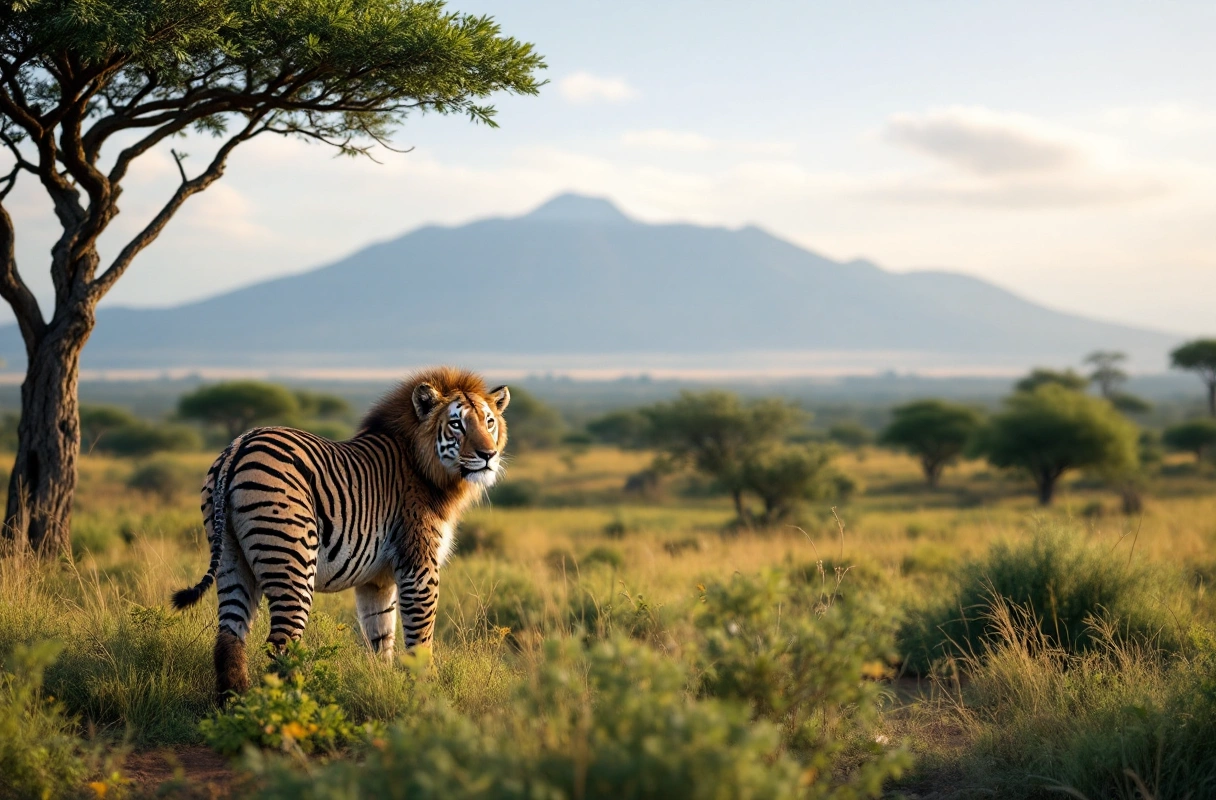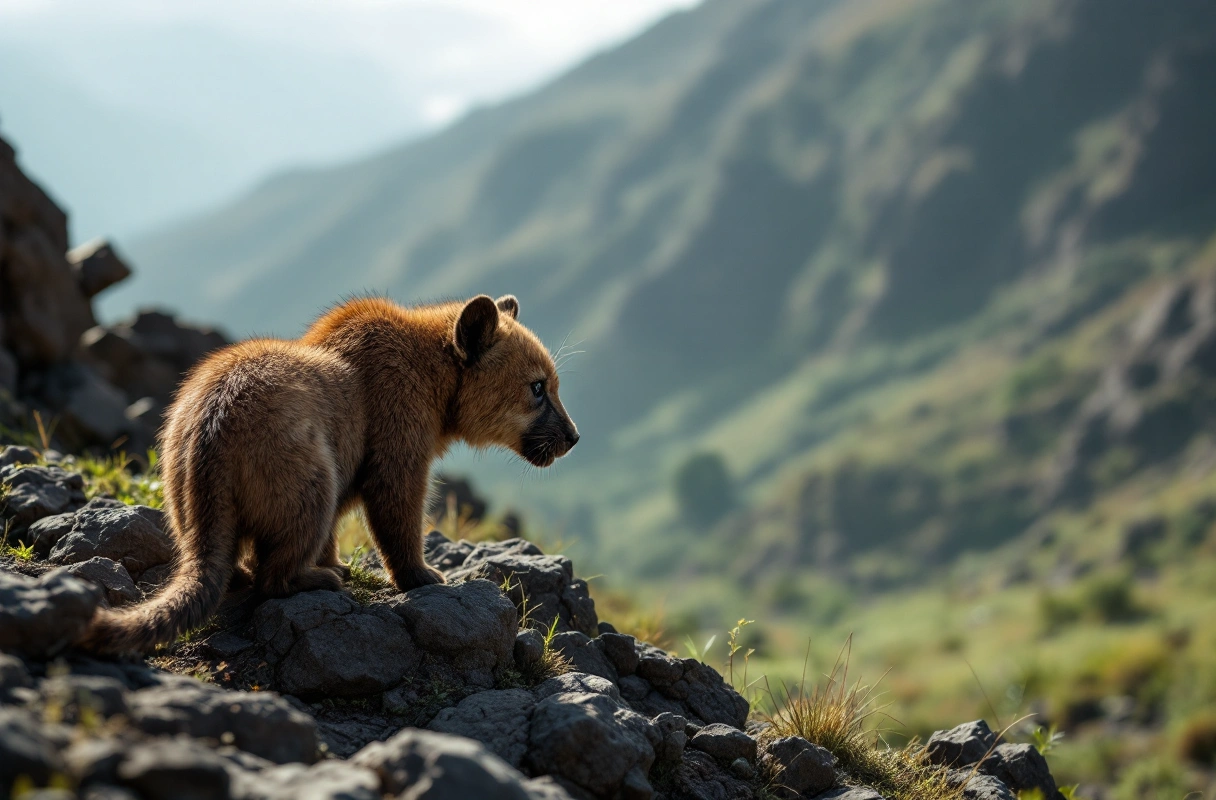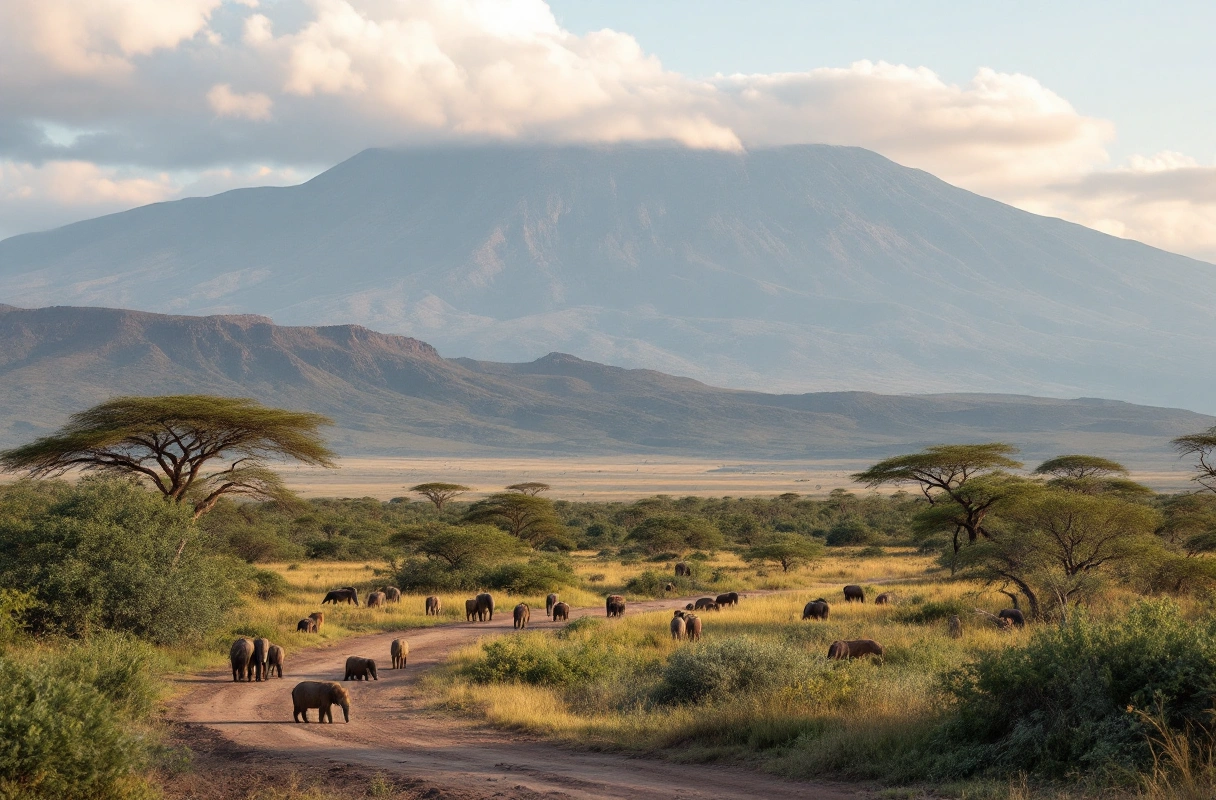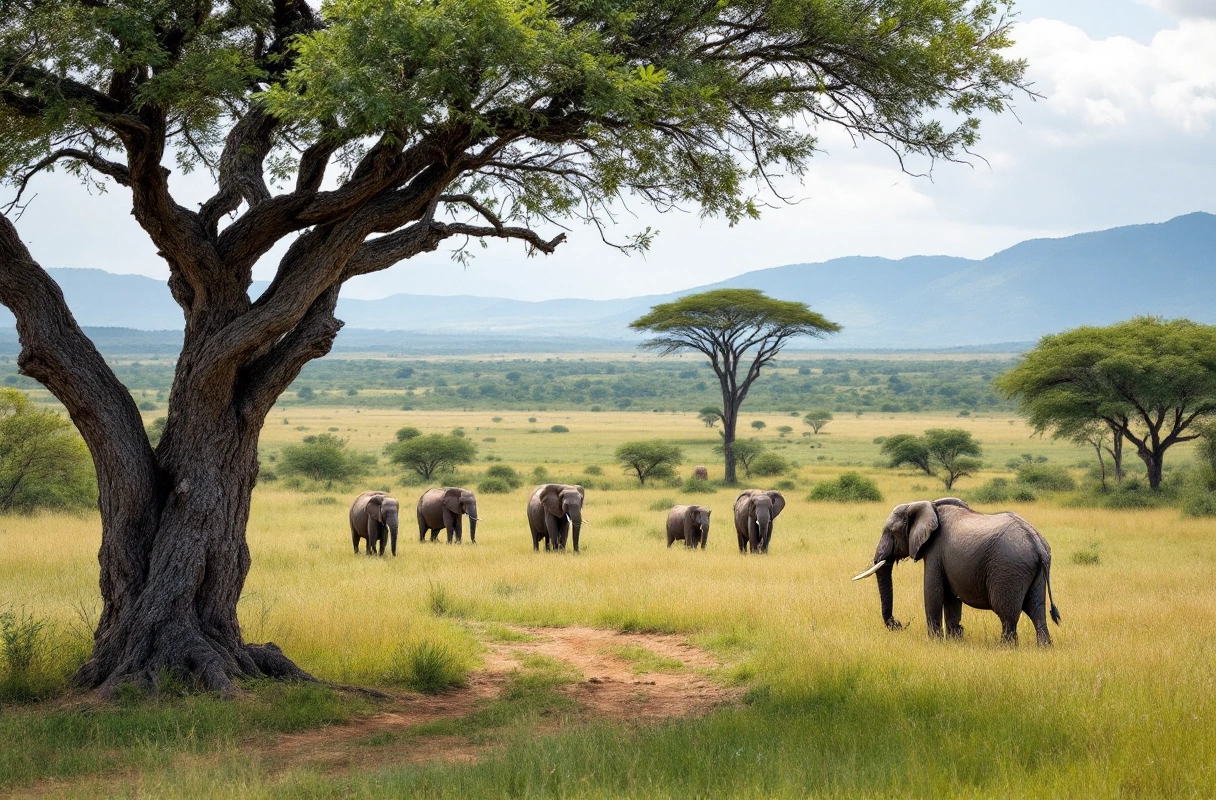
Exploring the vibrant ecosystems of Africa offers a unique opportunity to witness some of the most captivating wildlife on the planet. Among the many regions that showcase this rich biodiversity, Mount Kilimanjaro stands out not only for its majestic peaks but also for the array of unique African animals that inhabit its surroundings. From the lush rainforests at its base to the sprawling savannahs, Kilimanjaro is a gateway to some of the most extraordinary wildlife experiences in Africa. This article aims to provide insights into the unique African animals you can spot around Kilimanjaro and the best times of year to observe them.

Mount Kilimanjaro is not just a mountain; it is a complex ecosystem that supports a diverse range of flora and fauna. The varying altitudes and climatic conditions create distinct habitats that are home to unique African animals. These include everything from elusive mammals to vibrant bird species. Understanding these ecosystems is essential for any wildlife enthusiast looking to maximize their experience in this breathtaking region.
The lower slopes of Kilimanjaro are covered by lush montane forests. This area is rich in biodiversity and is home to several unique African animals, including:
The dense cover of the forest provides a rich habitat for these animals, making it an ideal spot for wildlife observation.
As you ascend, the landscape transitions into heath and moorland. This area features unique vegetation, including giant heathers and endemic flowers, and is home to a different set of African animals:
The heath and moorland zone provides a stark contrast to the forest below and offers exciting wildlife experiences.

When planning a visit to Kilimanjaro, knowing which unique African animals to look for can enhance your experience significantly. Here are some of the most notable wildlife species you may encounter:
These majestic elephants are one of the most iconic African animals. While they are not as common in the higher altitudes, they can often be seen in the surrounding national parks and lower slopes. Their social structure and intelligence make them fascinating to observe.
Leopards are elusive and solitary creatures that prefer to stay hidden. Spotting one in the wild is a thrilling experience. They are primarily nocturnal, so early morning or late afternoon are the best times to catch a glimpse of these incredible hunters.
The graceful giraffes are often seen grazing on acacia trees. Their long necks allow them to reach foliage that is inaccessible to other herbivores. Observing a herd of giraffes is a breathtaking experience that showcases the beauty of these unique African animals.
Known for their distinctive black and white stripes, zebras are often found in large groups. Their social behavior and interactions with other species, such as wildebeests, create dynamic scenes that are perfect for wildlife photography.
Kilimanjaro is a paradise for birdwatchers. Some notable birds include:
Each species adds to the rich tapestry of wildlife that can be seen in this region.

Timing your visit is crucial for maximizing your wildlife experiences in Africa. The climate and seasonal changes greatly influence animal behavior and visibility. Here are the best times to plan your trip to Kilimanjaro for wildlife viewing:
The dry season is often considered the best time for wildlife viewing. During these months, animals congregate around water sources, making them easier to spot. The weather is generally clear and sunny, providing ideal conditions for outdoor activities.
While the wet season may seem less appealing, it offers unique wildlife experiences. Many animals give birth during this time, and the lush green landscapes provide stunning backdrops for photography.
The transition periods between the wet and dry seasons (April to May and October to November) can also offer excellent wildlife experiences. These months often feature good visibility and fewer crowds, making them ideal for wildlife enthusiasts seeking a more personal experience.
When planning a wildlife adventure, it is crucial to debunk common misconceptions that may hinder your experience. Here are a few prevalent myths:
Many believe that wildlife viewing requires extensive experience or knowledge. However, anyone can enjoy wildlife experiences, regardless of their background. Participating in guided tours can enhance your understanding and appreciation of the animals and their habitats.
While some African animals are indeed dangerous, many are harmless and fascinating to observe. Understanding animal behavior is essential for safe wildlife experiences. Most animals prefer to avoid human contact, and with responsible viewing practices, you can enjoy their presence safely.
While national parks are excellent for wildlife viewing, many unique African animals can be spotted outside these areas. Exploring surrounding regions, like the villages and rural landscapes near Kilimanjaro, can also yield impressive wildlife encounters.
To ensure a memorable wildlife experience around Kilimanjaro, consider the following tips:
Selecting a reputable tour operator can make a significant difference in your experience. Look for companies that prioritize responsible wildlife viewing and have knowledgeable guides who can enhance your understanding of the local ecosystems.
Bringing the right gear is essential for wildlife viewing. Consider packing:
Always prioritize the safety and well-being of the animals and their environments. Maintain a safe distance, avoid disturbing their natural behavior, and follow the guidelines set by your guides.
As we have explored, Kilimanjaro offers a unique opportunity to witness an array of African animals in their natural habitats. From the majestic elephants to the elusive leopards, each species contributes to the vibrant ecosystem of this region.
At Banana Slug Club, we are passionate about fostering curiosity and excitement about the natural world. Whether you are a nature enthusiast, a student, or simply curious about wildlife, our resources can help you dive deeper into the wonders of nature.
Visit our website for more information on wildlife education, or contact us to learn how you can further explore the fascinating world of African animals. Let's continue to cultivate a love for nature and wildlife together!
Get free resources, early access to new features and updates.
No spam. Just fun educational emails!